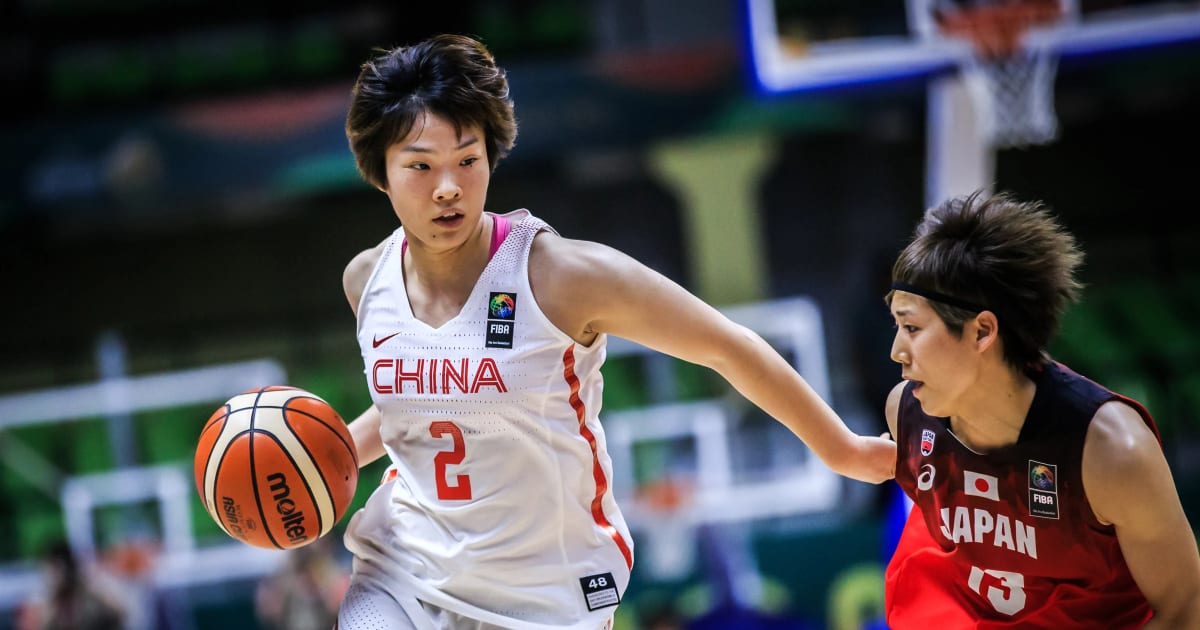Japan, the other Group B juggernaut, arrive with a chip on their shoulder. After five straight titles from 2013 to 2021, their Asia Cup dynasty was halted in 2023 by China in the semis. While still ranked 9th in the world and known for their rapid ball movement and long-range shooting, questions remain over their depth and ability to close out tight games — issues that haunted them in their last two campaigns and at Paris 2024, where they surprisingly finished last. However, Aka-tsuki Faibu are boosted by the return of Tokashiki Ramu, who missed the 2023 tournament and the 2024 Olympics. The two-time JBL Most Valuable Player is one of the most experienced players at the competition, and brings the size and leadership this team sorely needs. Japan’s group-stage showdown with Australia could double as a preview of the final, assuming both teams navigate their knockout rounds successfully.
With those two likely to progress, the focus shifts to the Philippines and Lebanon — two nations whose priority remains staying in Division A. The Philippines squad’s cohesion, forged through years playing together under coach Pat Aquino, is a major strength. But to finally break through at this level (Gilas Women have not finished higher than sixth in the Asia Cup), they’ll need breakout performances from veterans like Jack Animam while also minimising turnovers and rebounding deficits that have plagued them in past editions.
Through coach Georges Khalil, Lebanon has adopted a youth-first approach, building a core that could blossom in future cycles. For now, though, it’s crucial the Cedars beat the Philippines to have any chance of escaping the group stage. Solid performances against Japan and Australia will provide encouragement that Lebanon’s basketball program is on the right track.
